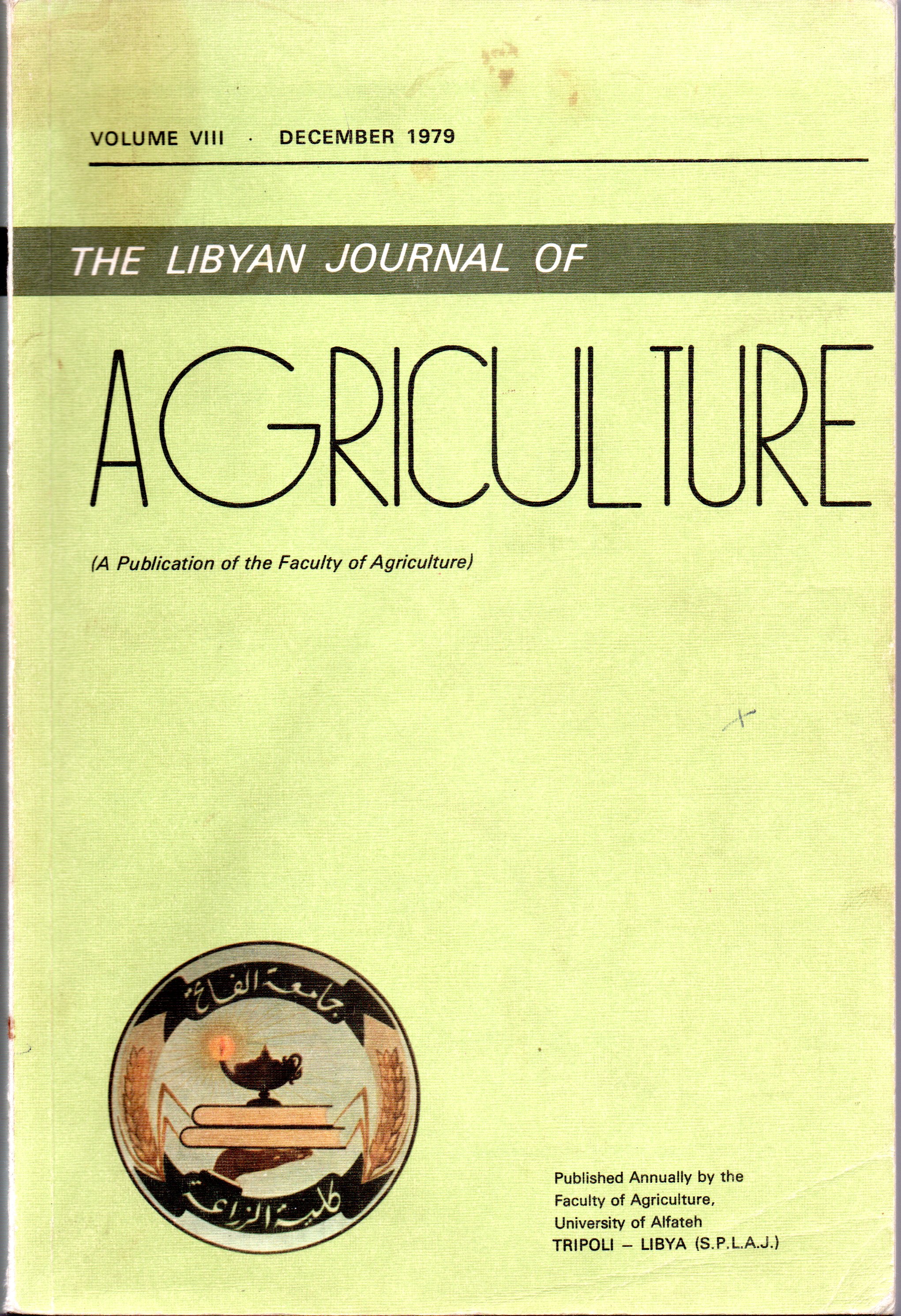Effects of Cage Density and Level of Added Fat on Laying Hen Performance
Main Article Content
Abstract
Four hundred and thirty two (432) pullets, 24 weeks old, were divided into 9 groups in a 3 x 3 factorial arrangement according to level of added fat (0, 3 and 6%) or cage density (310, 413 and 619 cm2/bird). There were 4 replicates in each treatment. The experiment lasted for nine, 28-day periods (252 days). There were significant effects of cage density and level of added fat on hen-day feed consumption, feed efficiency, and hen-day production. There were also significant effects of cage density on hen-housed production and on egg weight. None of the variables showed significant interaction between cage density and level of added fat. Hens provided with 310 cm2 cage floor space per bird produced less egg, consumed more feed and utilized feed less efficiently than hens with 413 or 619 cm2 of cage floor space per bird. Hens provided with 619 or 413 cm2 of cage per bird performed equally well.
As the level of added fat was increased, feed consumption was decreased and feed efficiency was improved. However, feed efficiencies of rations with 3 or 6% added fat were not significantly different. Mortality among hens with 310 cm2 of cage floor space per bird was about 16% compared with less than 4% mortality among the other two groups.
This experiment was conducted at the Poultry Research Center of North Dakota State University, Fargo, N. Dakota in 19 76.

